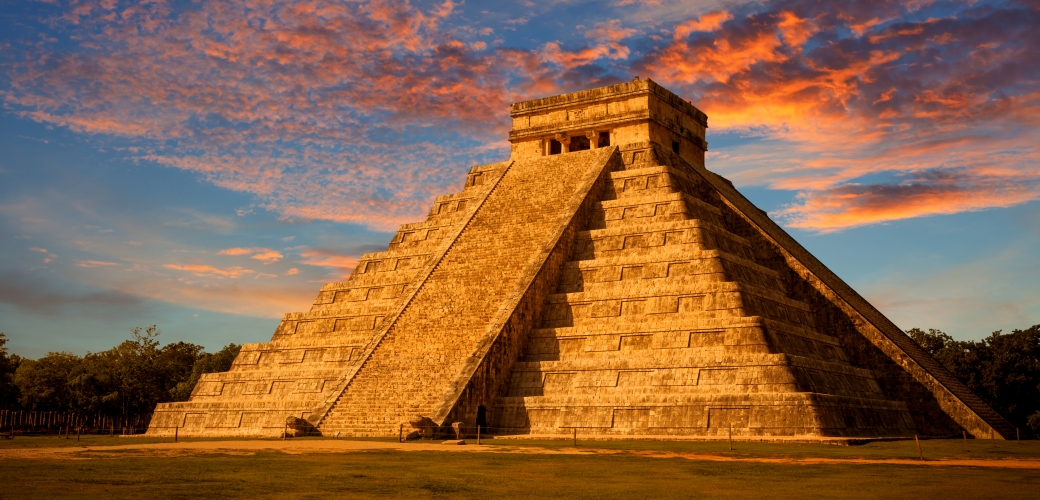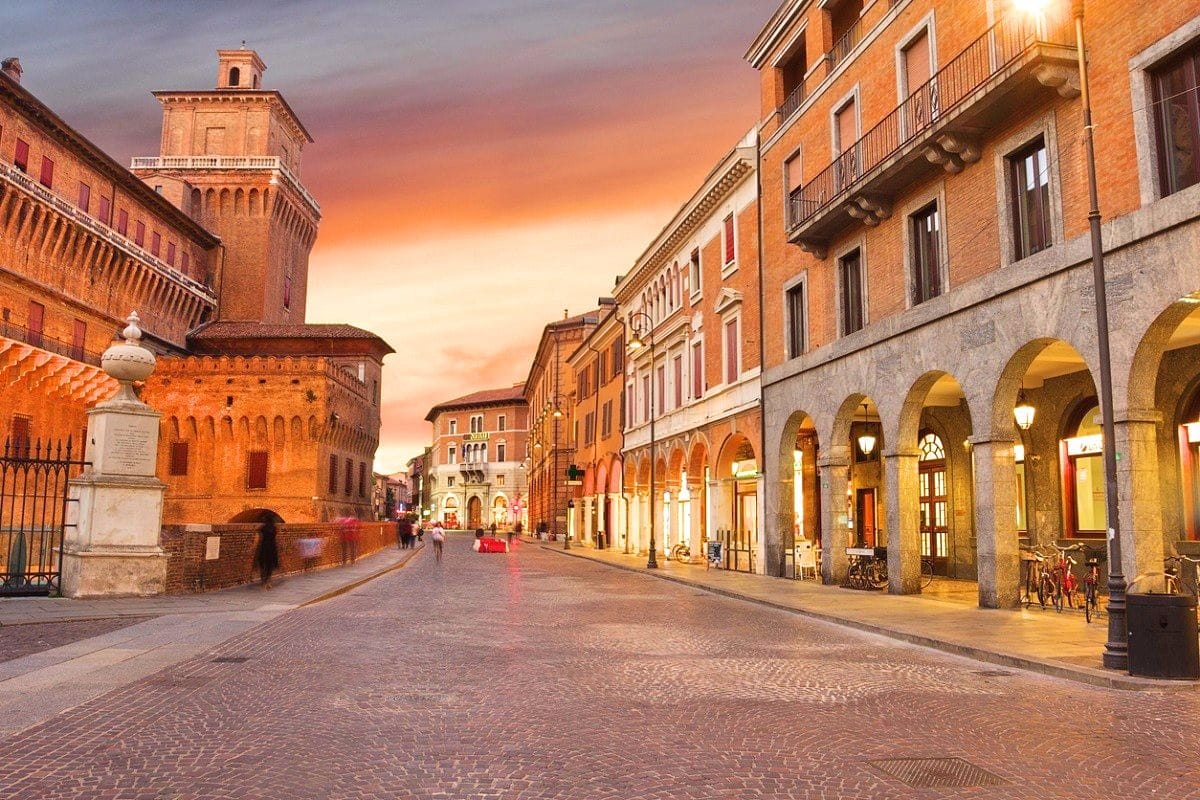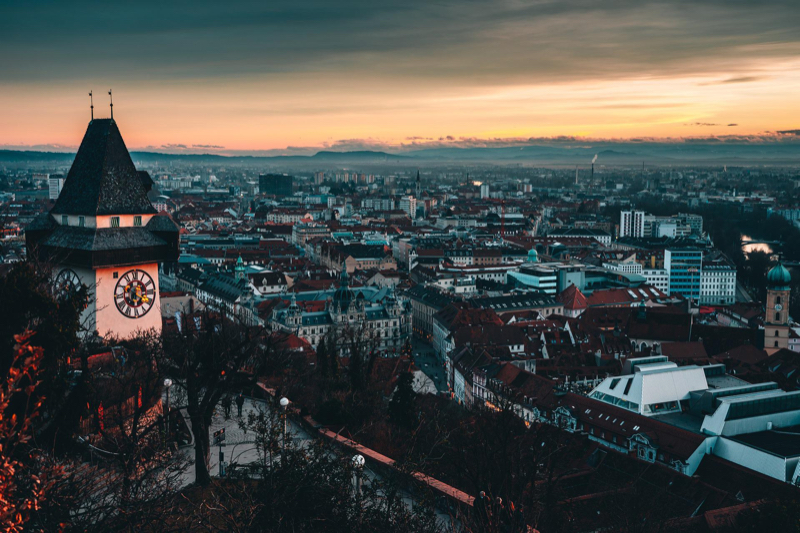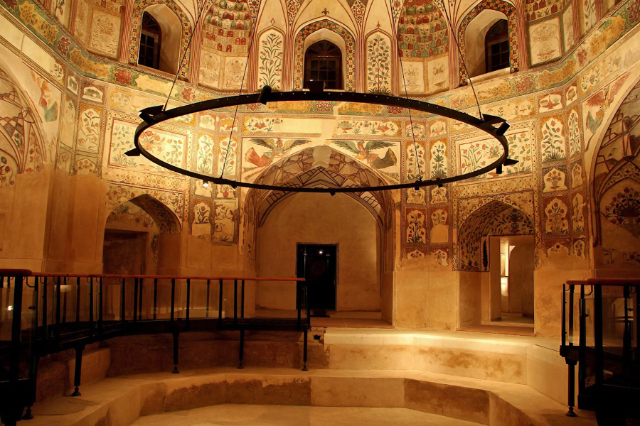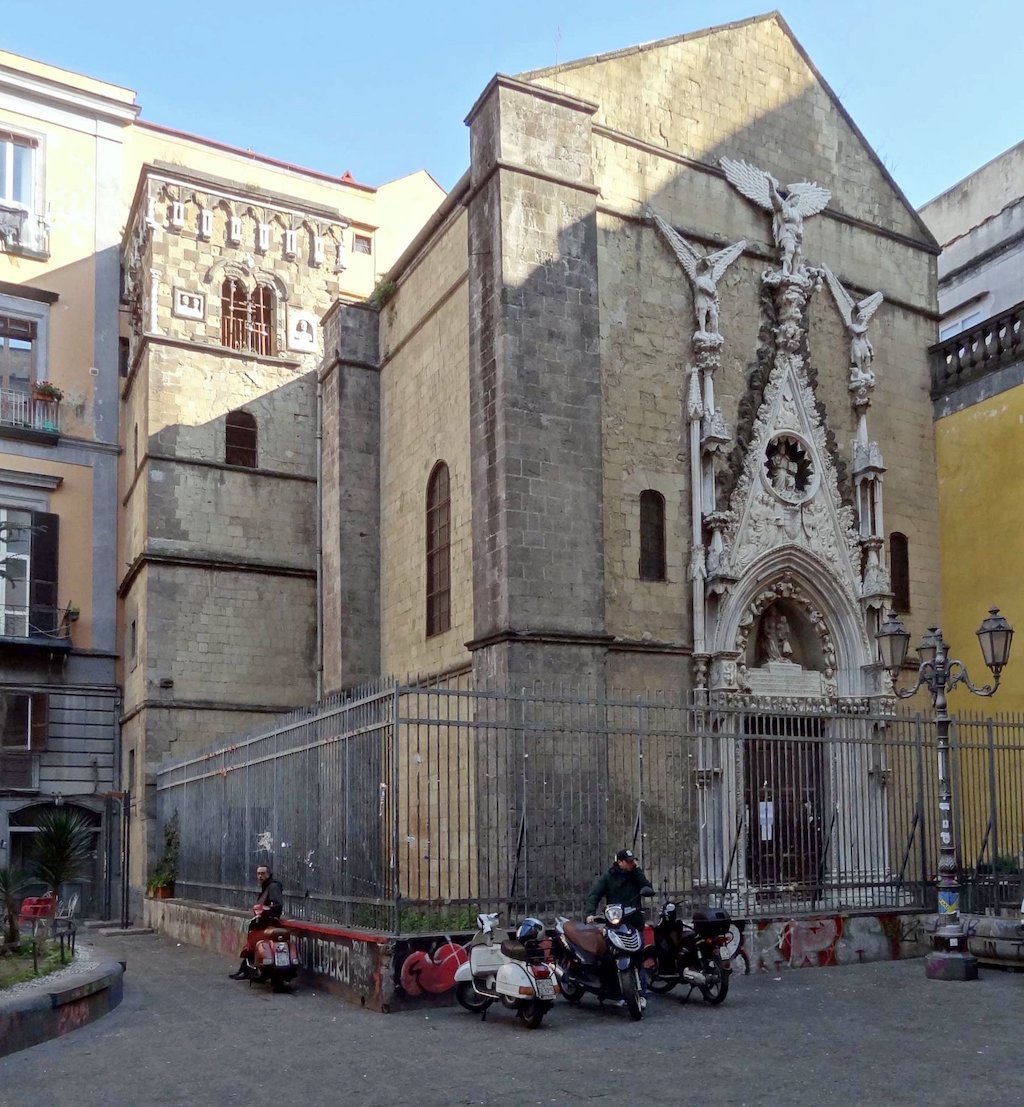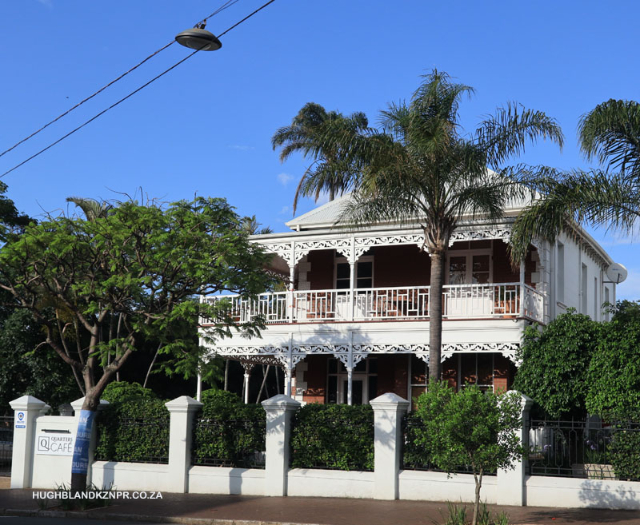In Mexico, precisely in Yucatan, you can visit one of the most beautiful and renowned archaeological sites in the world: we are talking about the Chichén Itzá, the monumental complex that houses one of the most beautiful and well-preserved Mayan sites in the world. Defined a UNESCO World Heritage Site in 1988, the Chichén Itzá is also one of the Seven Wonders of the World. During the spring and autumn equinoxes, the Chichén Itzá site is stormed by millions of tourists for a fascinating optical effect that can be seen on the steps of the Kukulkan temple. The fascinating play of light and shadow that is created at these particular times of the year makes a feathered snake seem to descend from the temple steps. It would represent the god Kukulkan, to whom the temple of the same name is dedicated.
To visit Chichén Itzá well it takes at least 4 hours of walk.
Absolutely not to be missed are: the temple of Kukulkan, the temple of the Warriors, the Pelota Field, the complex Las Monjas, El Caracol, Akab Dzib, Chichen Vejo, the Ossuary and the caves of Balankanche. This Mayan city was founded in archaic times (600 AD.It was built in a strategic area that lent itself well to the settlement of a community: although Yucatan is known for the aridity of its landscape, the Chicén was built next to natural water wells known as Cenotes. The Mayan city remained in vogue until about 1200, when, due to internal revolutions and the conquest of the Europeans, it saw its decline.
Despite the violent wars that involved the city, among the archaeological sites in Mexico, Chichén Itzá remains one of the best preserved examples of Mayan construction in the world. It is possible to visit the Cenotes and see, next to places of worship of breathtaking beauty, one of the largest and best preserved Pelota Fields (the ancestor sport of football that the Maya used to practice) of the entire Yucatan.
